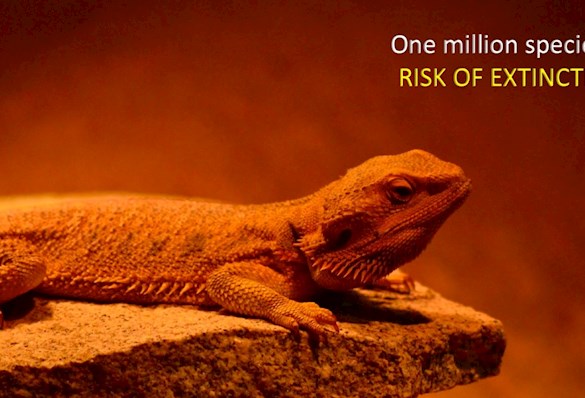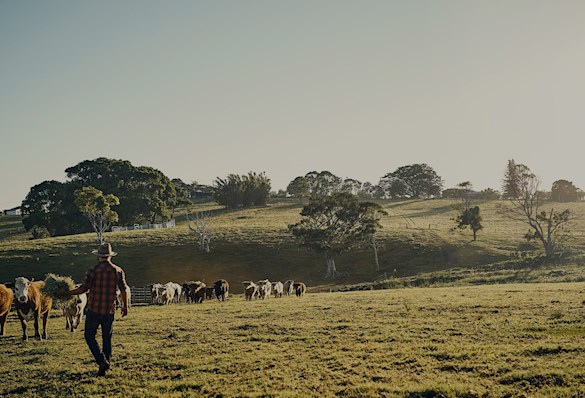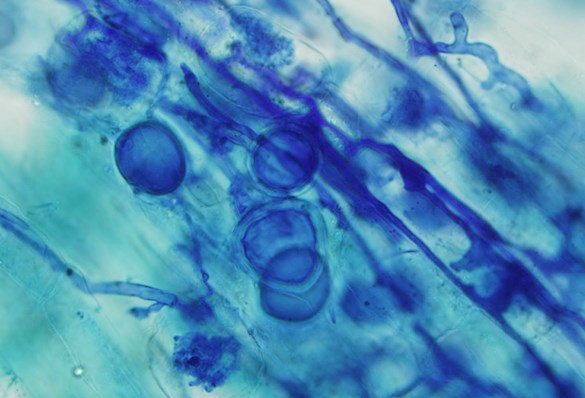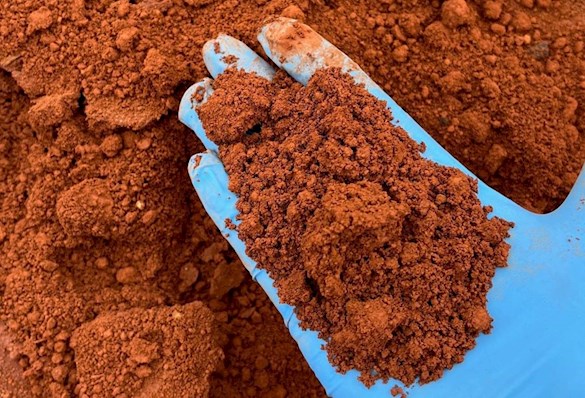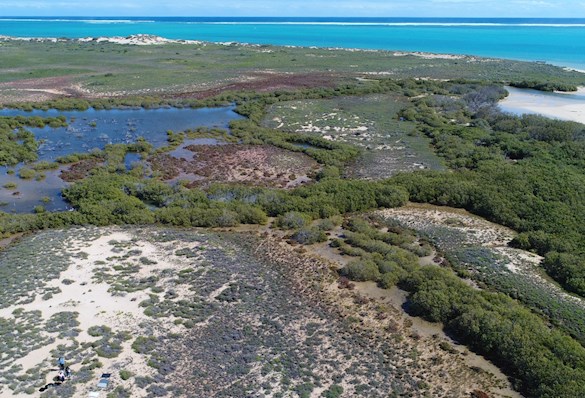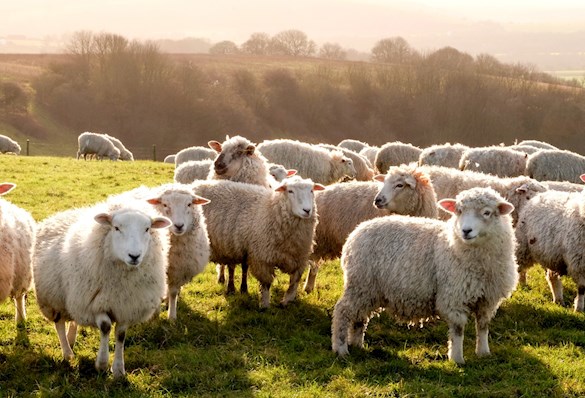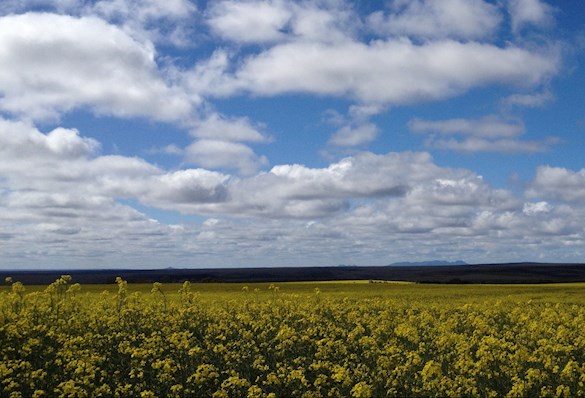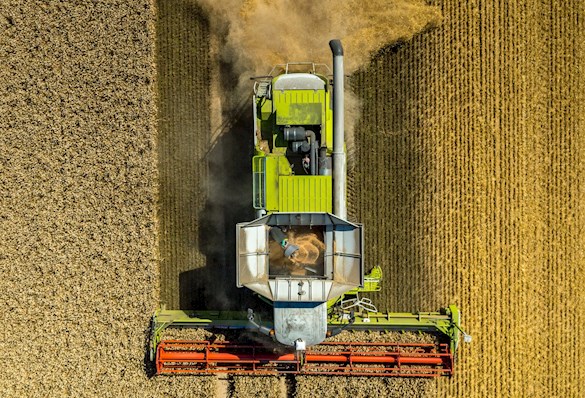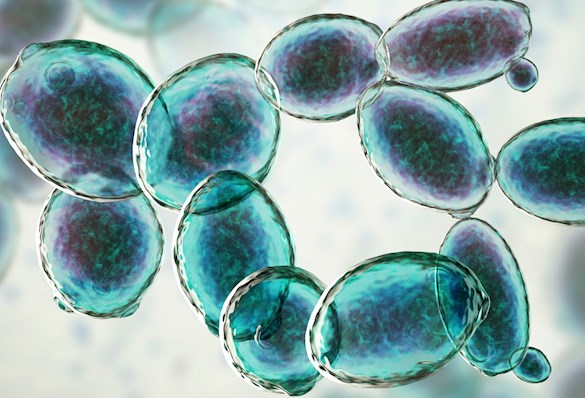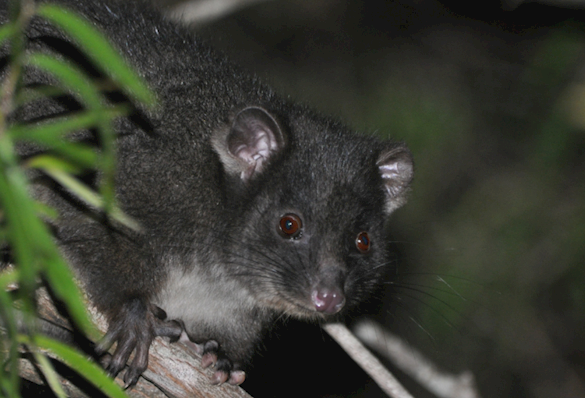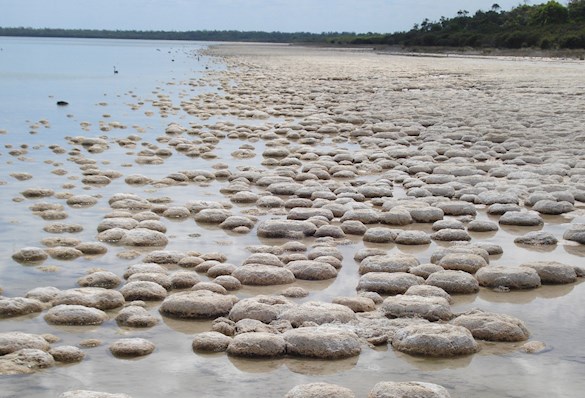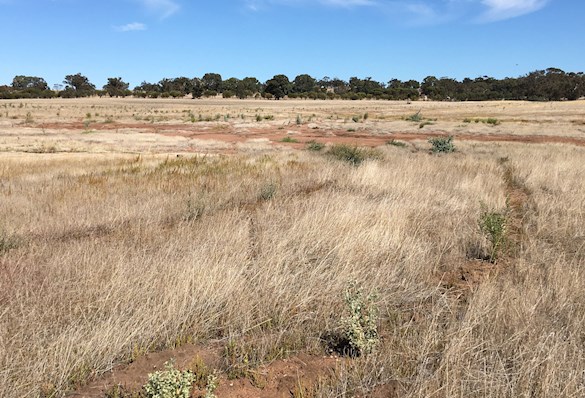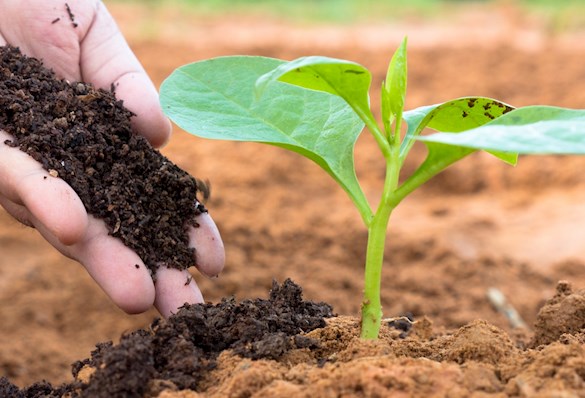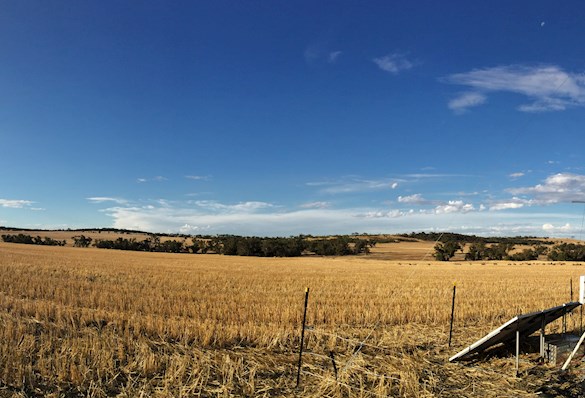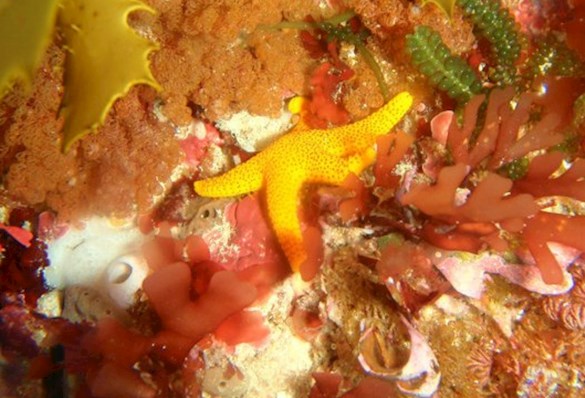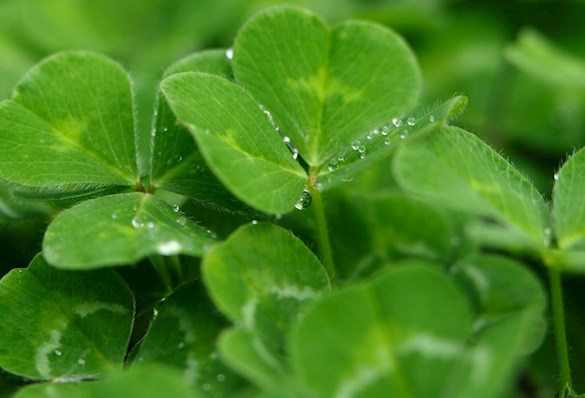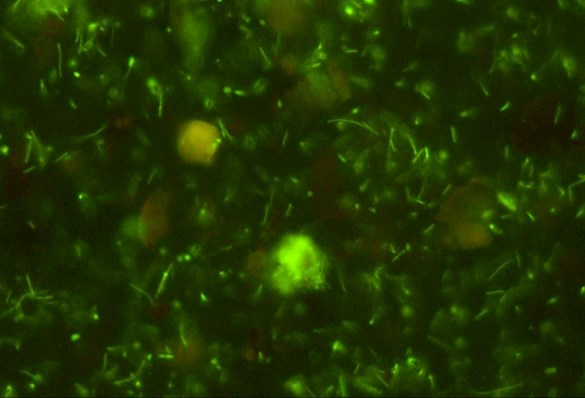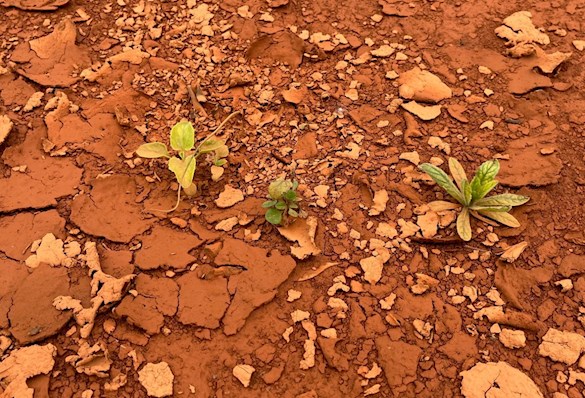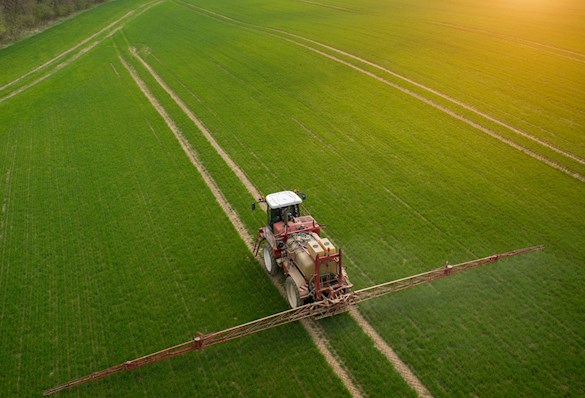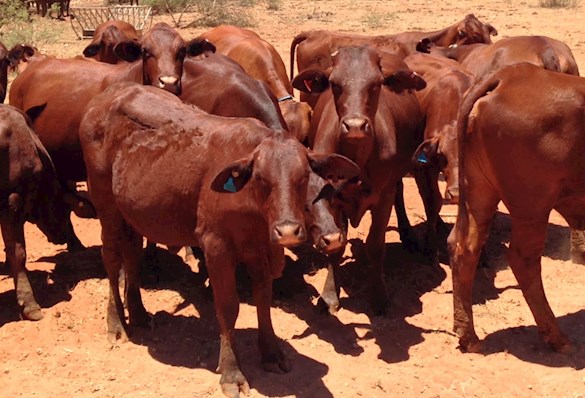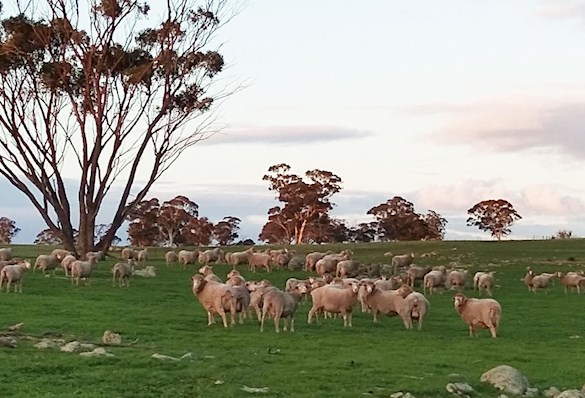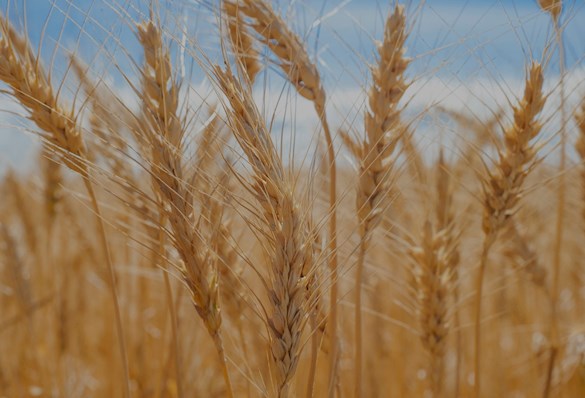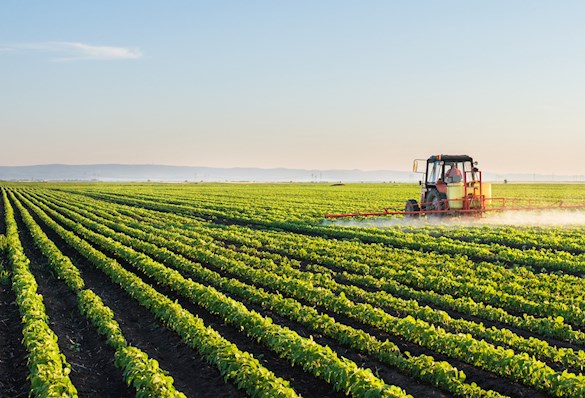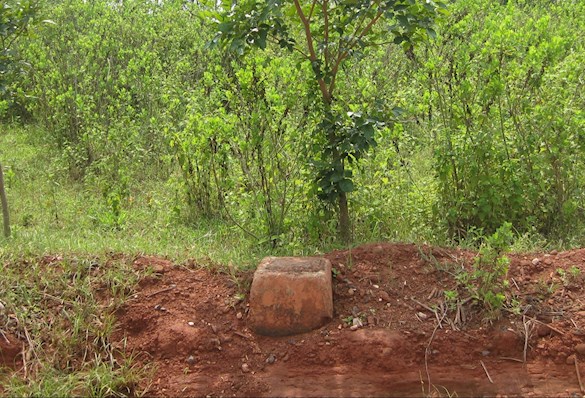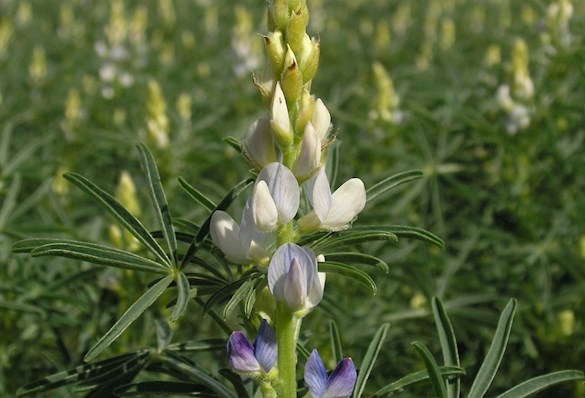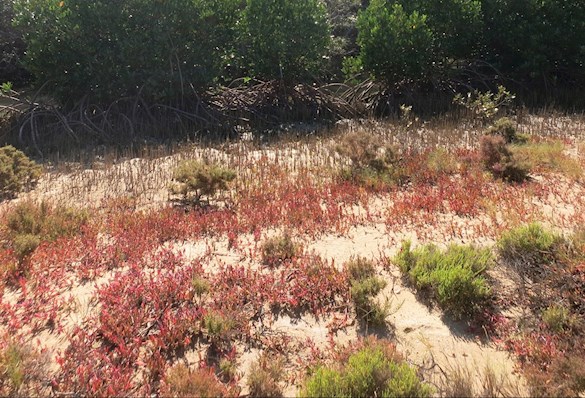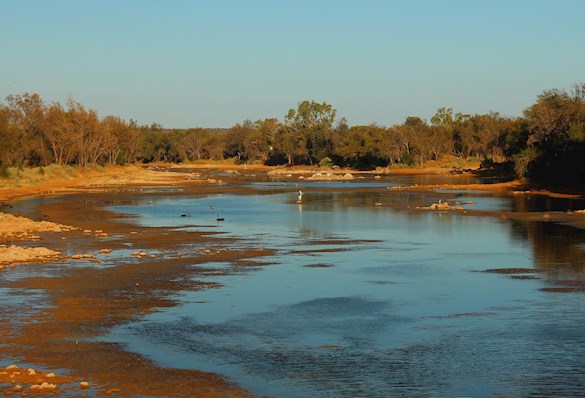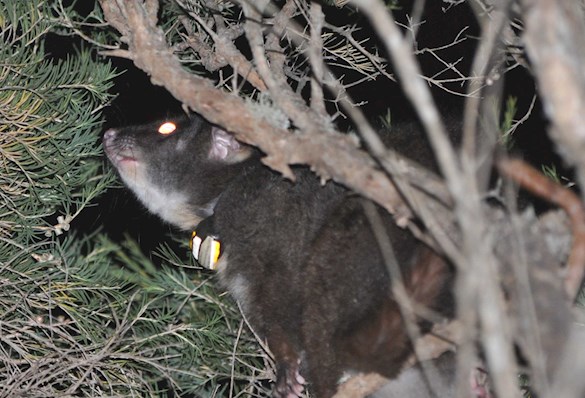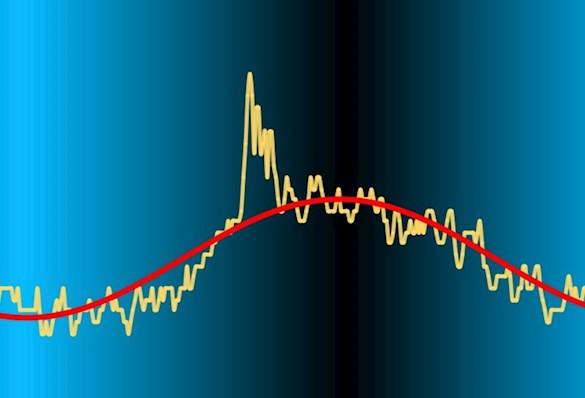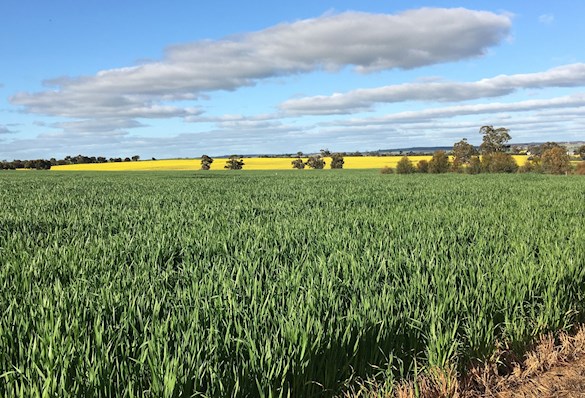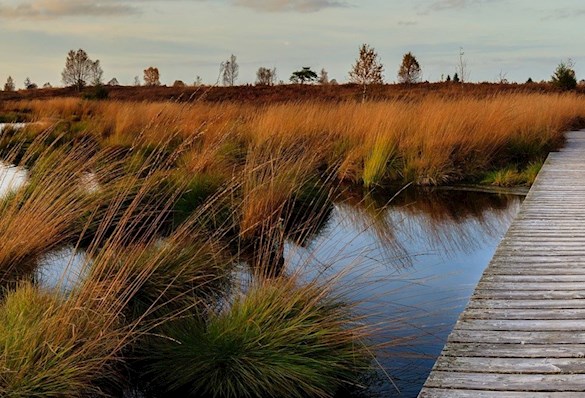
PROJECT
The biology of circadian and ultradian rhythms in animals
Understanding the rhythms of life
Evidence is accumulating that robust biological rhythms are associated with improved metabolic health and longevity. While circadian rhythms are well studied, ultradian rhythms are often dismissed as noise around the circadian rhythm. Both types of rhythms respond to environmental cues (zeitgebers), and are essential to optimise the adaptive response of an organism to predictable (circadian) and unpredictable (ultradian) events.
The aim of this project is to establish the nature of the relationship between different zeigebers and these rhythms and their biological role. The animal models will include laboratory mammals but also the fruit-fly, Drosophila melanogaster. The latter is a well-established model organism in circadian biology, and is interesting to us because its body temperature can be manipulated by ambient temperature, which is impossible to do in mammals. Gene manipulations will be used.
The project will explore the influence of multiple zeitgebers including light, noise, and diet, and investigate their effects on clock gene expression, lifespan, activity, feeding / mating behaviour, and physiology. Results from this project may shed light onto the role of circadian rhythms and various zeitgebers on the process of ageing.
Project goals:
- Understanding the role of different environmental cues in the control of biological rhythms.
- Understanding the interaction between the circadian and ultradian rhythms.
This project will require the applicant to:
- Work with mammals and / or flies
- Conduct gene expression analysis
- Work in different laboratories
- Interact with collaborators around Australia and overseas
- Plan and organise experiments
Suggested readings
- Goh, G. H., S. K. Maloney, P. J. Mark and D. Blache (2019). "Episodic ultradian events - ultradian rhythms." Biology 8(15).
- Goh, G. H., P. J. Mark and S. K. Maloney (2016). "Altered energy intake and the amplitude of the body temperature rhythm are associated with changes in phase, but not amplitude, of clock gene expression in the rat suprachiasmatic nucleus in vivo." Chronobiology International 33(1): 85-97.
- Maloney, S. K., G. Goh, A. Fuller, K. Vesterdorf and D. Blache (2019). "Amplitude of the circadian rhythm of temperature in homeotherms." Perspectives in Agriculture, Veterinary Science, Nutrition and Natural Resources 14: No.019.
Research team leader: Dr Dominique Blache
I am a neuroscientist with a strong interested in the welfare of production animals. I take an integrative approach to animal welfare using my expertise in neuroscience, behaviour and endocrinology to study stress, metabolism, and reproduction. I am in the school of Agriculture and Environment at UWA.
This project is co-lead by Professor Shane Maloney
Collaborations
External Collaborators:
- Professor Andrea Fuller
University of the Witwatersrand
South Africa
wildlifeconservationphysiology.com

How to Apply
Check criteria
- To be accepted into the Doctor of Philosophy, an applicant must demonstrate they have sufficient background experience in independent supervised research to successfully complete, and provide evidence of English language proficiency
- Requirements specific to this project:
- Background in physiology, neuroscience, animal science, molecular biology.
- Capable and willing to work with a large number of animals.
- Capable and willing to work outside working hours.
- Knowledge of biotechnology is desirable
Submit enquiry to research team leader
- Contact the research team leader by submitting an Expression of Interest form via the button below
- After you have discussed your project with the research team leader, contact [email protected] to proceed with your application
Scholarships
- Domestic students
-
All domestic students may apply for Research Training Program and University Postgraduate Awards (UPA) scholarships
- International students
-
A range of scholarships are available from international organisations and governments. The full list, organised by country, is available on the Future Students website.
In addition, all international students may apply for International Research Training Program scholarships.
- Indigenous students
- Indigenous students are encouraged to apply for Indigenous Postgraduate Research Supplementary Scholarships.
- Forrest Foundation scholarships
- All international and Australian students who wish to study towards the degree of Doctor of Philosophy (PhD) at The University of Western Australia may apply for Forrest Scholarships.




































